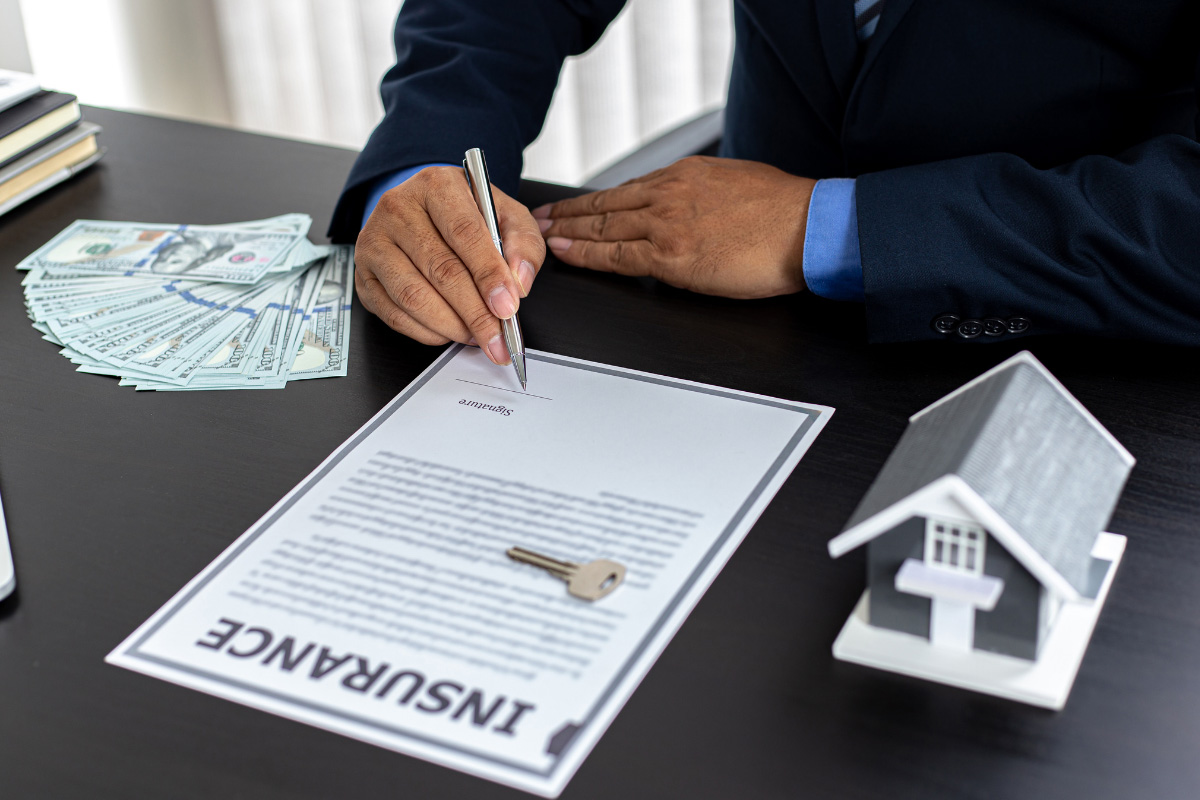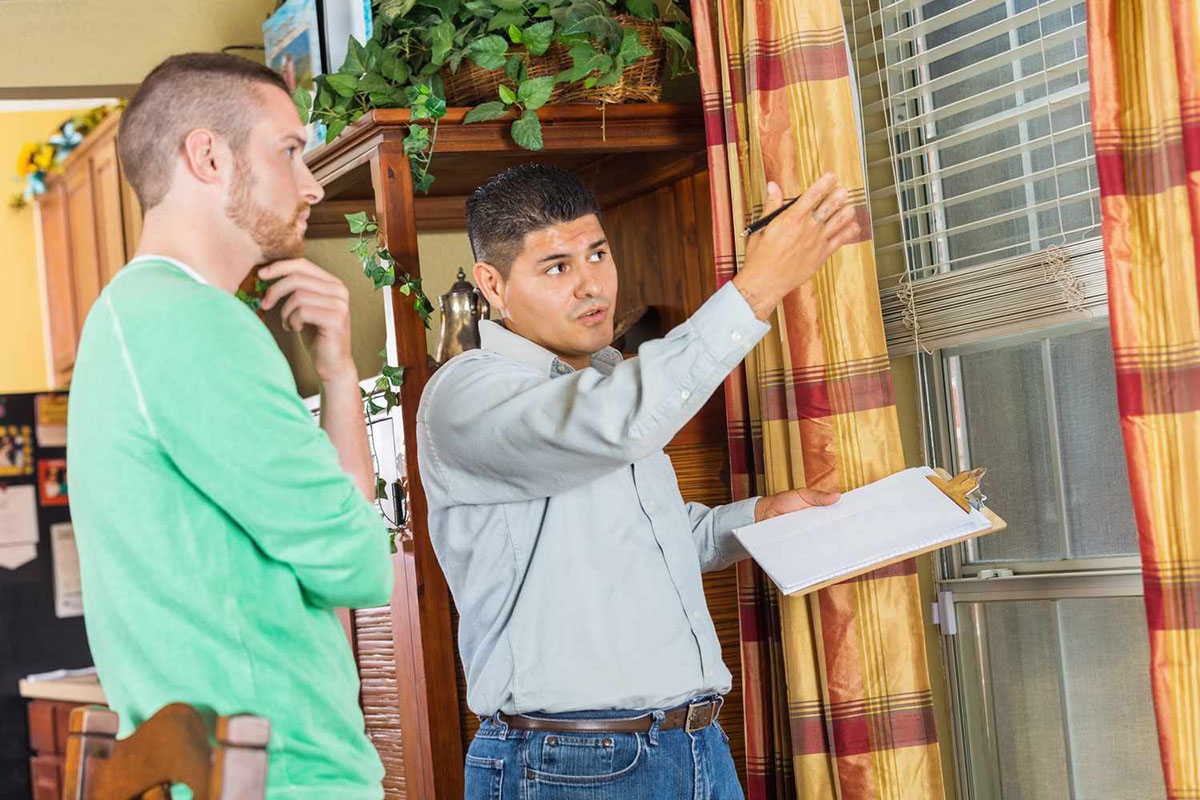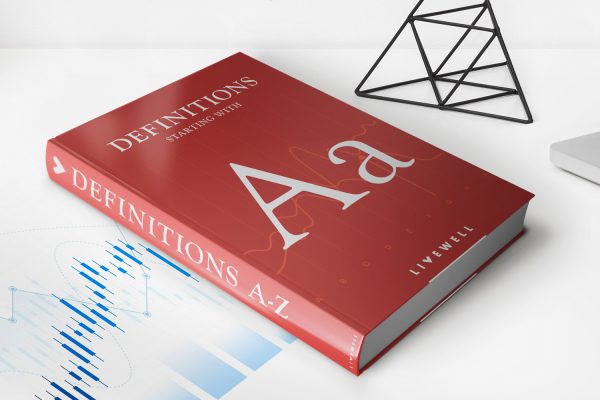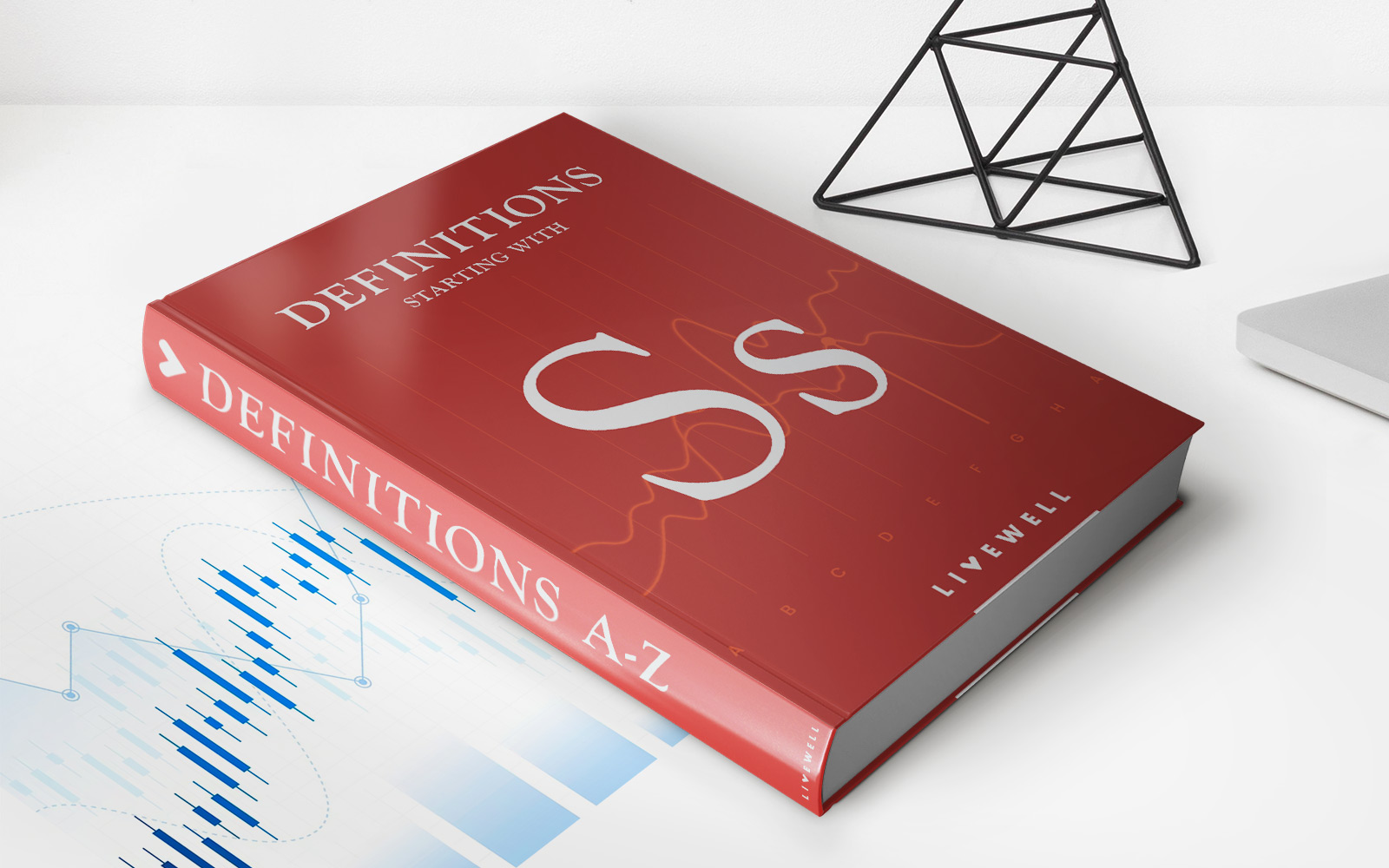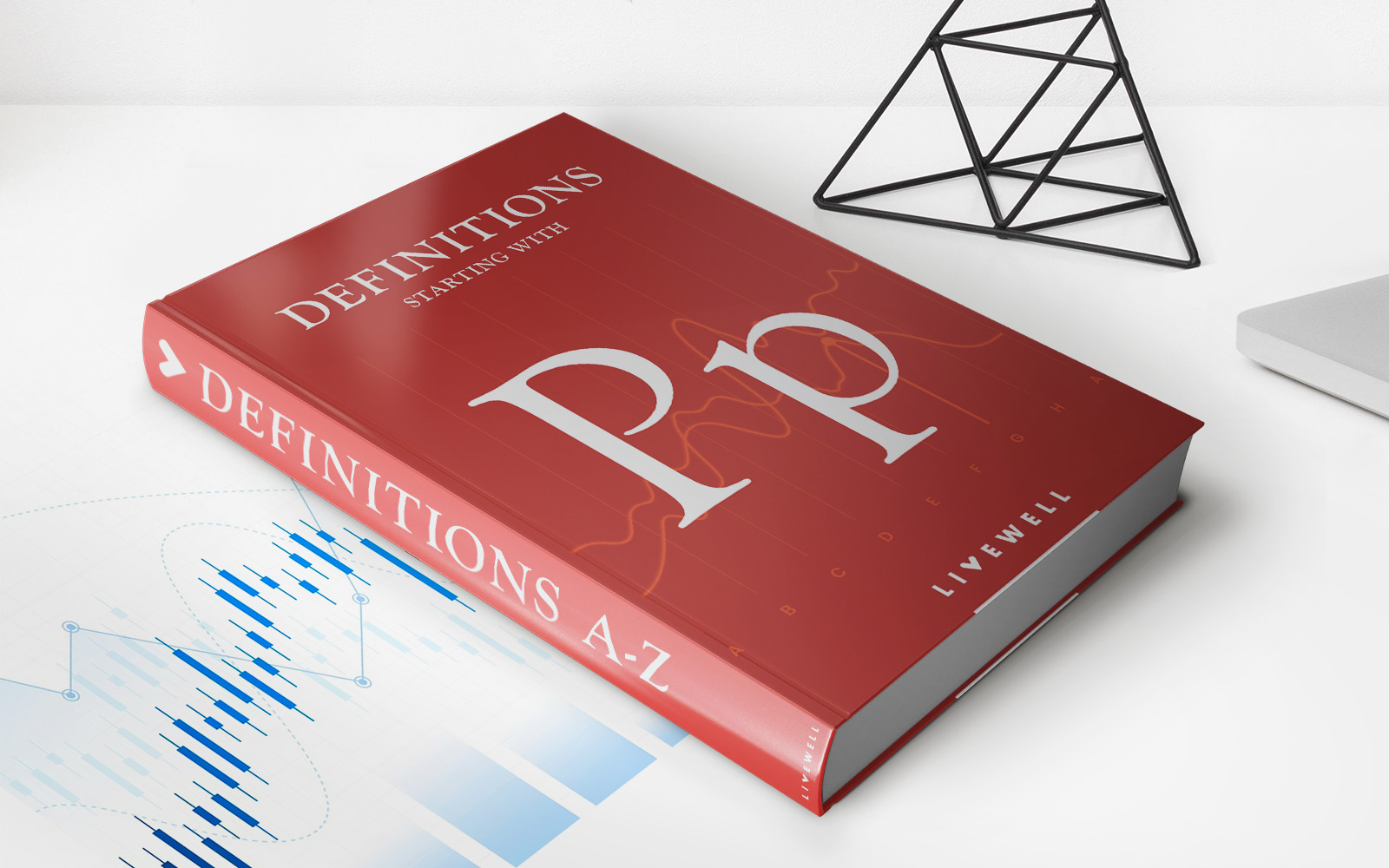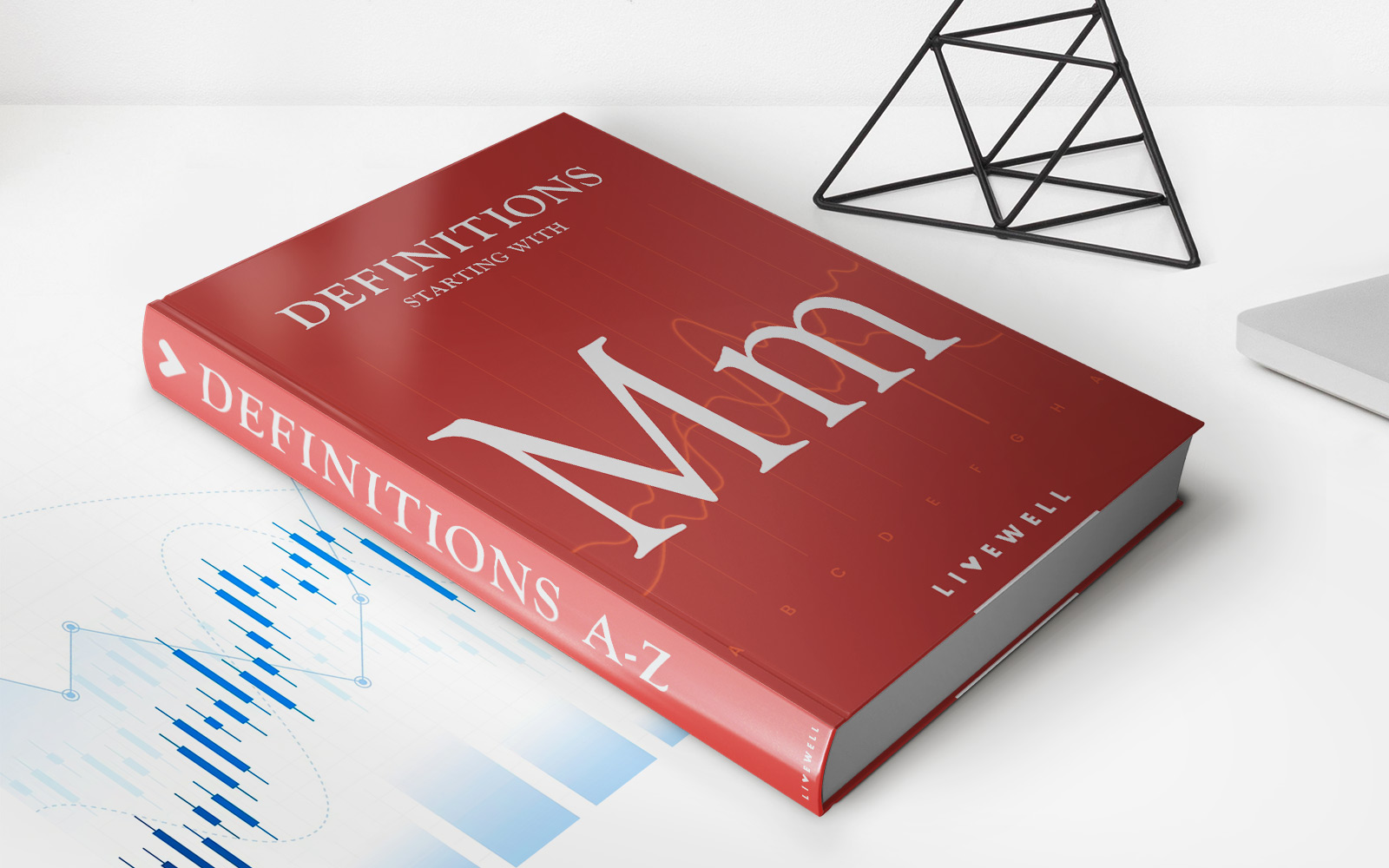Home>Finance>What Is The Maximum Late Fee Allowed By Homeowners Associations


Finance
What Is The Maximum Late Fee Allowed By Homeowners Associations
Published: February 22, 2024
Learn about the maximum late fee allowed by homeowners associations and how it impacts your finances. Understand the financial implications of late fees in HOA agreements.
(Many of the links in this article redirect to a specific reviewed product. Your purchase of these products through affiliate links helps to generate commission for LiveWell, at no extra cost. Learn more)
Table of Contents
Introduction
Homeowners associations (HOAs) play a crucial role in maintaining the aesthetics, infrastructure, and overall value of residential communities. These organizations establish and enforce rules and regulations to ensure that the neighborhood maintains its appeal and functionality. One of the mechanisms through which HOAs uphold community standards is by imposing late fees on homeowners who fail to make timely payments of their association dues.
Understanding the dynamics of late fees within the context of homeowners associations is essential for homeowners and potential homebuyers. It provides insight into the financial implications of non-compliance with payment deadlines and underscores the significance of adhering to the rules set forth by the HOA.
Late fees can have a tangible impact on a homeowner's finances, potentially leading to additional financial strain and legal repercussions if left unresolved. Therefore, gaining a comprehensive understanding of the maximum late fee allowed by homeowners associations is pivotal for homeowners to navigate their financial responsibilities within the community.
In this article, we will delve into the concept of late fees within homeowners associations, exploring the maximum late fee allowed, the factors influencing this limit, and the legal considerations that underpin the imposition of late fees. By shedding light on these aspects, homeowners and prospective residents can gain valuable insights into the financial responsibilities associated with homeowners associations and make informed decisions to uphold their obligations within their residential communities.
Understanding Homeowners Associations
Homeowners associations (HOAs) are entities formed within residential communities to manage and maintain various aspects of the neighborhood, including common areas, amenities, and community standards. When individuals purchase homes within an HOA-governed community, they automatically become members of the association and are required to adhere to its regulations and pay associated fees.
HOAs are typically governed by a board of directors, elected by the homeowners, who are responsible for overseeing the association’s operations, enforcing its rules, and managing its finances. These rules, outlined in the HOA’s governing documents, commonly include guidelines for property maintenance, architectural standards, and the payment of association dues.
Association dues are recurring payments made by homeowners to fund the maintenance and management of shared community spaces and amenities. These fees contribute to the upkeep of common areas, landscaping, security services, and other communal facilities that enhance the overall quality of life within the neighborhood.
Furthermore, HOAs often establish guidelines for property use, architectural modifications, and community conduct to maintain a cohesive and desirable living environment. By enforcing these regulations, HOAs aim to preserve property values and ensure that the neighborhood retains its appeal.
Understanding the role and function of HOAs is essential for homeowners, as it directly impacts their rights, responsibilities, and financial obligations within the community. By comprehending the purpose of HOAs and the regulations they enforce, homeowners can actively participate in community matters and contribute to the preservation and enhancement of their residential environment.
Late Fees and Homeowners Associations
Within the framework of homeowners associations, late fees serve as a mechanism to encourage timely payment of association dues and ensure the financial stability of the community. Homeowners are typically required to remit their association dues by a specified deadline, and failure to meet this obligation can result in the imposition of late fees by the HOA.
These late fees are designed to incentivize prompt payment, as they deter homeowners from neglecting their financial responsibilities to the community. By imposing consequences for late payments, HOAs strive to maintain consistent cash flow for ongoing maintenance and operational needs.
It is important for homeowners to be aware of the late fee policies outlined in the HOA’s governing documents, as they vary among different associations. These policies typically detail the amount of the late fee, the grace period granted before it is imposed, and the procedures for addressing delinquent payments.
Moreover, late fees can have implications beyond the immediate financial penalty. Persistent delinquency in association dues can lead to strained relations with the HOA, potential legal action, and damage to one’s credit score. Therefore, understanding the implications of late fees within the context of homeowners associations is crucial for homeowners to maintain a harmonious relationship with the community and uphold their financial commitments.
By comprehending the purpose and impact of late fees, homeowners can proactively manage their financial obligations to the HOA, contributing to the sustained well-being of the residential community.
Maximum Late Fee Allowed by Homeowners Associations
The maximum late fee allowed by homeowners associations is typically outlined in the association’s governing documents, such as the bylaws or covenants, conditions, and restrictions (CC&Rs). These documents specify the rules and regulations that govern the community, including the financial policies and penalties related to late payments.
The maximum late fee amount can vary significantly among homeowners associations and is influenced by various factors, including state laws, the size of the association, and the specific provisions detailed in the governing documents. It is essential for homeowners to familiarize themselves with the maximum late fee allowed within their HOA, as this knowledge empowers them to navigate their financial responsibilities effectively and avoid potential disputes with the association.
Homeowners should review the governing documents provided by the HOA to ascertain the specific late fee policies and limitations. These documents often outline the maximum late fee amount, the grace period for payments, and the procedures for addressing delinquent accounts. Understanding these provisions enables homeowners to adhere to the established guidelines and mitigate the risk of incurring excessive late fees.
Furthermore, being aware of the maximum late fee allowed by the HOA facilitates informed decision-making when it comes to managing one’s finances within the community. By understanding the financial implications of late payments and the associated penalties, homeowners can take proactive measures to fulfill their obligations and maintain a positive standing within the homeowners association.
Ultimately, the maximum late fee allowed by homeowners associations serves as a crucial parameter that governs the financial interactions between homeowners and the association. By familiarizing themselves with this limit, homeowners can uphold their responsibilities and contribute to the financial stability and cohesion of the residential community.
Factors Affecting Maximum Late Fee
The determination of the maximum late fee allowed by homeowners associations is influenced by several key factors that shape the financial policies and regulations within the community. Understanding these factors is essential for homeowners to grasp the rationale behind the established late fee limits and navigate their financial responsibilities effectively.
- State Laws: State laws and regulations play a significant role in shaping the maximum late fee that homeowners associations can impose. Certain states have statutes that define the permissible late fee amount or establish guidelines for late fee calculations. It is crucial for homeowners associations to adhere to these legal parameters when setting their late fee policies.
- Association Size and Resources: The size and financial resources of the homeowners association can impact the determination of the maximum late fee. Larger associations with extensive communal amenities and maintenance responsibilities may set higher late fee limits to ensure sufficient revenue for ongoing operations and upkeep.
- Governing Documents: The governing documents of the homeowners association, such as the bylaws and CC&Rs, provide the framework for late fee policies. These documents outline the maximum late fee amount, the grace period for payments, and the procedures for addressing delinquent accounts. The provisions within these documents significantly influence the maximum late fee allowed within the community.
- Community Needs and Expenses: The specific needs and expenses of the community, including maintenance, repairs, and service contracts, can impact the determination of the maximum late fee. Associations may adjust their late fee limits to ensure that adequate funds are available to address the ongoing financial requirements of the community.
- Market Conditions: Economic factors and market conditions can also influence the maximum late fee allowed by homeowners associations. Associations may consider the prevailing economic environment, inflation rates, and cost of living adjustments when determining late fee limits to align with the financial realities faced by homeowners.
By considering these factors, homeowners associations establish late fee policies that balance the financial needs of the community with the reasonable obligations of homeowners. Understanding the interplay of these factors provides homeowners with insights into the considerations that shape the maximum late fee allowed within their residential community.
Legal Considerations
When it comes to late fees within homeowners associations, legal considerations play a pivotal role in shaping the policies and practices surrounding financial penalties for delinquent payments. Homeowners associations must navigate various legal parameters to ensure that their late fee policies comply with state laws and uphold the rights of homeowners.
State Laws and Regulations: State laws often dictate the maximum late fee that homeowners associations can impose. It is essential for associations to familiarize themselves with the specific statutes governing late fees in their state to ensure compliance. By adhering to these laws, associations can avoid potential legal disputes and uphold the integrity of their financial policies.
Transparency and Fairness: Legal considerations also emphasize the importance of transparency and fairness in the imposition of late fees. Homeowners associations are typically required to clearly outline their late fee policies in the governing documents provided to homeowners. Additionally, the application of late fees must be consistent and equitable to avoid allegations of discriminatory practices or unfair treatment.
Dispute Resolution Mechanisms: Legal considerations underscore the necessity of establishing effective dispute resolution mechanisms for homeowners who contest the imposition of late fees. Associations should provide avenues for homeowners to address grievances related to late fees and seek resolution through transparent and impartial processes.
Enforcement and Collection Practices: Homeowners associations must adhere to legal guidelines when enforcing and collecting late fees. This includes following established procedures for notifying homeowners of overdue payments, providing opportunities for resolution, and refraining from employing aggressive or harassing tactics in the collection process.
Compliance with Governing Documents: Legal considerations emphasize the significance of aligning late fee policies with the provisions outlined in the association’s governing documents. Any amendments or alterations to late fee policies should be conducted in accordance with the procedures specified in the governing documents to maintain legal integrity and transparency.
By integrating these legal considerations into their late fee policies, homeowners associations can ensure that their financial practices are in accordance with the law and promote a fair and harmonious financial environment within the community.
Conclusion
Understanding the dynamics of late fees within homeowners associations is essential for homeowners to navigate their financial responsibilities effectively and maintain a positive relationship with their residential communities. The maximum late fee allowed by homeowners associations is influenced by a myriad of factors, including state laws, association size, governing documents, community needs, and market conditions. By comprehending these factors, homeowners can gain insights into the considerations that shape late fee policies and limits within their communities.
Legal considerations also play a crucial role in shaping late fee policies, emphasizing the importance of compliance with state laws, transparency, fairness, effective dispute resolution mechanisms, and ethical enforcement and collection practices. By integrating these legal parameters into their late fee policies, homeowners associations can uphold the rights of homeowners and promote a fair and equitable financial environment.
Ultimately, homeowners associations and their members must collaborate to ensure that late fee policies strike a balance between incentivizing timely payments and maintaining a supportive and transparent financial framework. By fostering an understanding of late fee dynamics and legal considerations, homeowners can actively contribute to the financial stability and cohesion of their residential communities, thereby enhancing the overall quality of life within their neighborhoods.
By navigating their financial responsibilities within homeowners associations with clarity and awareness, homeowners can actively contribute to the sustained well-being and harmonious functioning of their residential communities.

